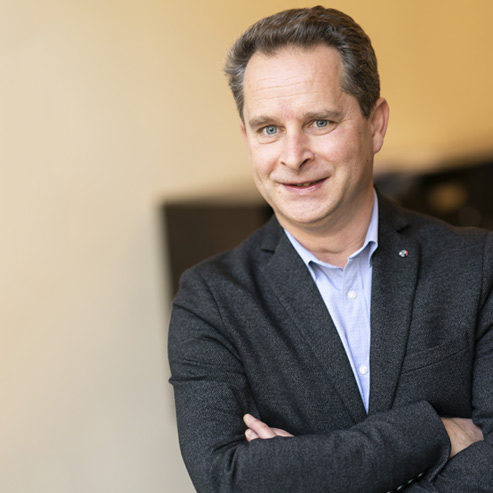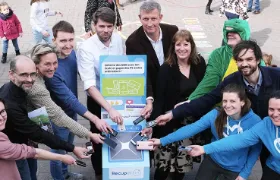How logistical partnerships make cities more liveable
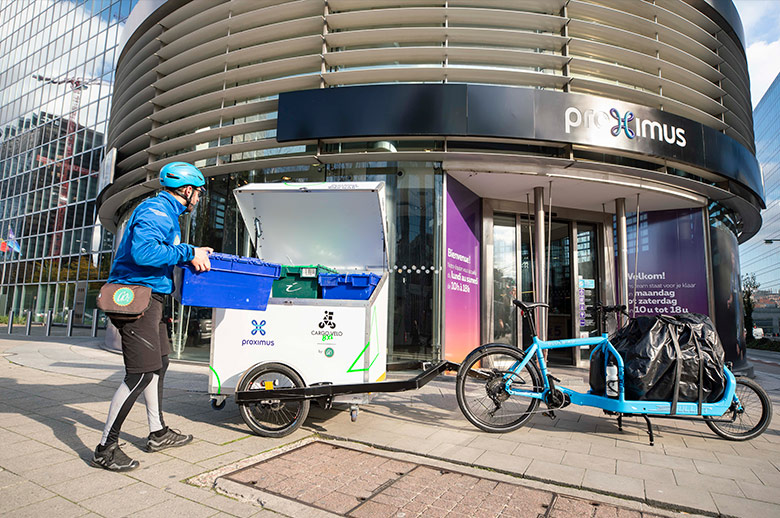
A few years ago, I went for dinner with Florian, my counterpart at L’Oréal. We chatted about the problems we encounter in our field of logistics. We agreed that urban deliveries are a major hurdle because they negatively impact the quality of life in our cities through noise and carbon pollution. So, we came up with an idea: why not try joint deliveries, so we can send out fewer vans? The idea stuck, we cleared it with our respective managers, and joint deliveries in Brussels became a reality. We made an impact, however small.
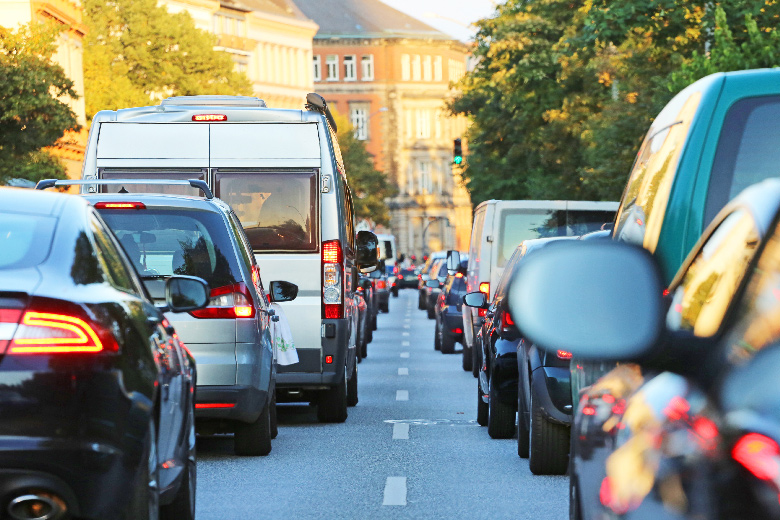
Given the vast size and complexity of our logistical network at Proximus, you might think that the impact of a project like our joint deliveries with L’Oréal is just a drop in the ocean. You might think that trying to make our operations carbon neutral through such projects is an impossible task. Well, I certainly hope to prove you wrong, because we aim to make our entire logistical chain carbon neutral by 2030. What’s more: I’m here to tell you that it might be easier than you think.
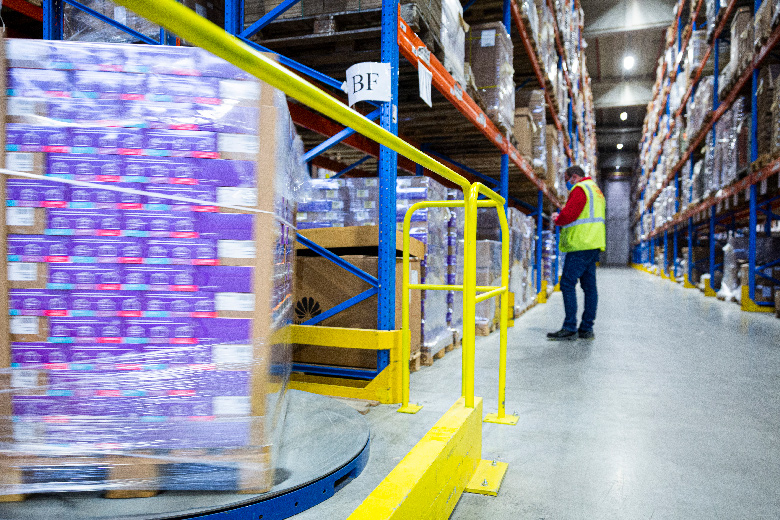
Okay, maybe easy is the wrong word – but taking the first step is not as hard as it may seem. The key is a clear vision and solid partnerships that bring added value to all parties, all while controlling the price tag. There are a few ways that we achieve this at Proximus. For example, we work with our suppliers to improve packaging and transport efficiency, and our warehouse partner uses a mix of local green energy and solar panels to power our warehouse.
But today I want to further expand on how we tackle the issue of urban deliveries. Specifically, I want to demonstrate to you how big companies can help make our cities more liveable. As a resident of Brussels, I see first-hand every day how deliveries clog up our streets and pollute the air we breathe. Today, nearly 30% of urban traffic on average constitutes deliveries. But there are better ways of doing them.
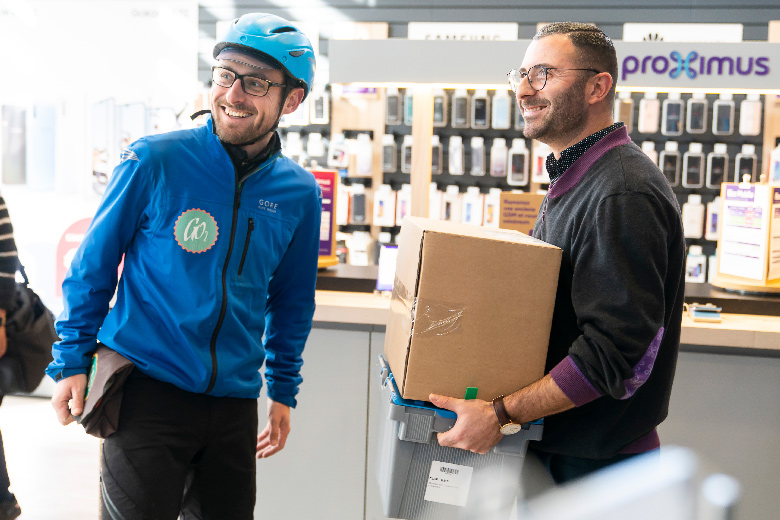
One such way is to use cycle couriers for smaller deliveries. This is a win on many accounts: not only does it make deliveries carbon neutral, in big cities cyclists also tend to get around much faster than vans or trucks. The deliveries are greener, more efficient, and the couriers themselves are happier, because they are not stuck in traffic and don’t have to fight for parking space. An additional benefit is that we get to support small start-ups who provide this type of service, as long as they do it fairly: with properly insured and contracted employees.
A second way to make deliveries more efficient is by consolidating the streams of goods that enter a city and distributing them together – like our project with L’Oréal, but at a much bigger scale. This approach has many benefits: a higher volume of goods means that we can control the cost, and it makes every journey more cost-efficient for our delivery partners. The variety of goods means bicycle deliveries are not always feasible, but the combination of using bikes and green vehicles keeps the carbon footprint down, as well as the fact that only one vehicle is doing the rounds rather than several from different companies.
